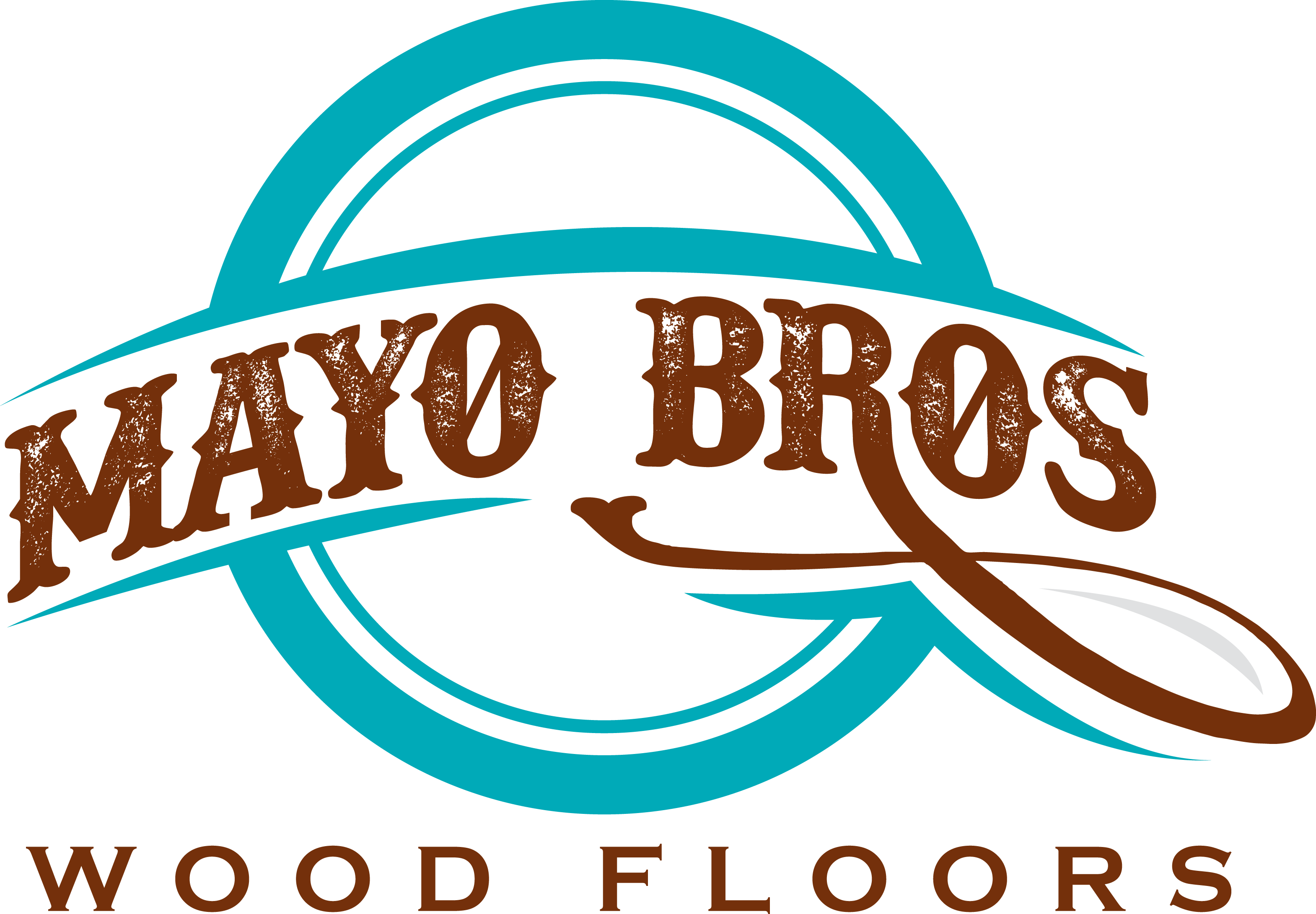Hardwood floors are a popular choice for many homeowners due to their durability, classic beauty, and natural appeal. However, over time, hardwood floors can become damaged due to wear and tear, water damage, scratches, and other forms of damage. These damages not only make your floor look unsightly, but they can also compromise the structural integrity of the flooring. Repairing damaged hardwood floors may seem like a daunting task, but with the right tools, materials, and techniques, it can be done efficiently and effectively. In this comprehensive guide, we will take you through the step-by-step process of repairing damaged hardwood floors, including the tools and materials needed, preparation, and the actual repair process.
Understanding the Types of Hardwood Floors
Before you begin repairing your hardwood floors, it is essential to understand the type of flooring you have. There are two types of hardwood floors: solid wood and engineered wood. Solid wood flooring is made from a single piece of wood, while engineered wood flooring consists of several layers of wood pressed together. Knowing the type of flooring you have will help you determine the appropriate repair method and materials needed.
Assessing the Damage
The first step in repairing damaged hardwood floors is to assess the damage. The extent of the damage will determine the repair method you will use. Here are some common types of damage you may encounter:
- Scratches and scuffs
- Gaps and cracks
- Water damage
- Stains
Tools and Materials Needed
To repair your hardwood floors, you will need the following tools and materials:
- Wood filler
- Sandpaper
- Circular saw
- Hammer and nails
- Chisel
- Wood glue
- Wood putty
- Replacement boards
- Paintbrush
- Stain and finish
- Vacuum cleaner
- Dust mask
Preparation
Preparation is key to a successful hardwood floor repair. Here are the steps to follow:
- Clear the area: Remove any furniture, rugs, or objects that may obstruct the repair process.
- Remove furniture and rugs: Move any furniture and rugs from the room to give you ample space to work.
- Clean the floor: Sweep or vacuum the floor to remove any dirt, dust, or debris that may hinder the repair process.
The Repair Process
The repair process will depend on the type of damage you are dealing with. Here are the steps to follow:
- Fixing minor scratches: Use wood filler or putty to fill in minor scratches and scuffs. Sand the area with fine-grit sandpaper to blend the filler with the surrounding wood.
- Repairing gaps and cracks: Use wood putty or filler to fill in gaps and cracks. Apply wood glue to the sides of the gap or crack and insert a wooden dowel or spline to reinforce the repair. Sand the area with fine-grit sandpaper to blend the repair with the surrounding wood.
- Replacing damaged planks: Use a circular saw to cut out the damaged plank. Use a chisel to remove any remaining pieces. Cut a new board to fit the size of the opening and secure it in place using nails or adhesive. Sand the area with fine-grit sandpaper to blend the new plank with the surrounding wood.
- Sanding and refinishing: Sand the repaired area with a fine-grit sandpaper to smooth out any rough spots. Apply stain and finish to the sanded area to match the color of the surrounding wood.
Preventing Future Damage
To prevent future damage to your hardwood floors, follow these tips:
- Use furniture pads to protect your floors from scratches and scuffs.
- Avoid walking on your floors with high-heeled shoes.
- Place doormats at entryways to trap dirt and debris.
- Clean up spills and stains immediately.
- Use a humidifier in the winter months to prevent the wood from drying out.
Frequently Asked Questions (FAQs)
Can I repair water-damaged hardwood floors?
Yes, you can repair water-damaged hardwood floors. However, it is essential to address the issue immediately to prevent further damage to the flooring.
How do I prevent scratches on my hardwood floors?
To prevent scratches on your hardwood floors, use furniture pads, avoid walking on your floors with high-heeled shoes, and clean up spills and stains immediately.
Can I repair deep scratches on my hardwood floors?
Deep scratches on hardwood floors may require sanding and refinishing. However, if the damage is severe, you may need to replace the damaged plank.
How often should I refinish my hardwood floors?
The frequency of refinishing your hardwood floors depends on the amount of traffic the floors receive. As a general rule, it is recommended to refinish your floors every 3-5 years.
How long does it take to repair damaged hardwood floors?
The time it takes to repair damaged hardwood floors depends on the extent of the damage and the repair method used. Minor repairs may take a few hours, while major repairs may take a few days.
Conclusion
Repairing damaged hardwood floors may seem like a daunting task, but with the right tools, materials, and techniques, it can be done efficiently and effectively. By following the steps outlined in this guide, you can restore your hardwood floors to their former beauty and ensure they remain durable for years to come.

